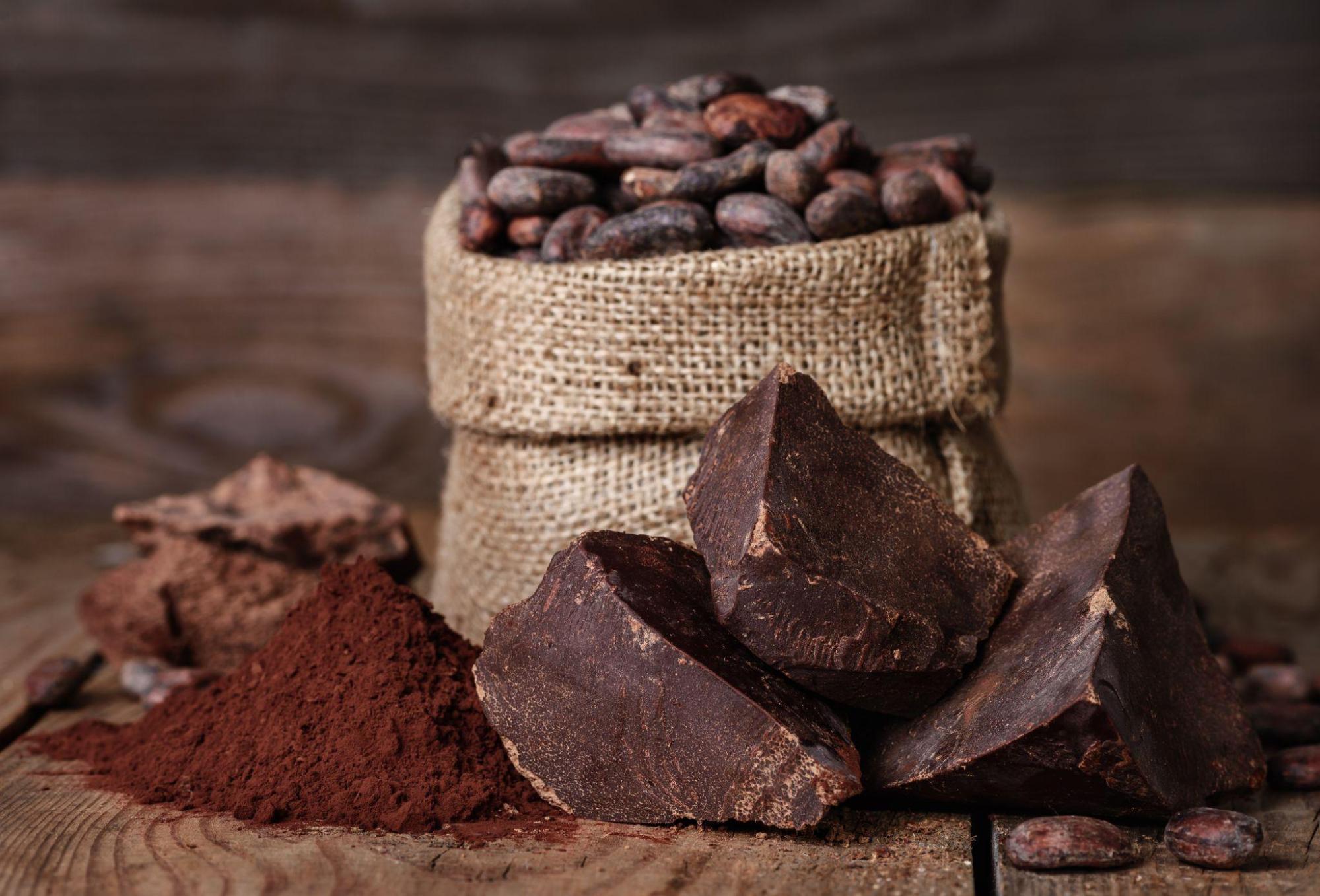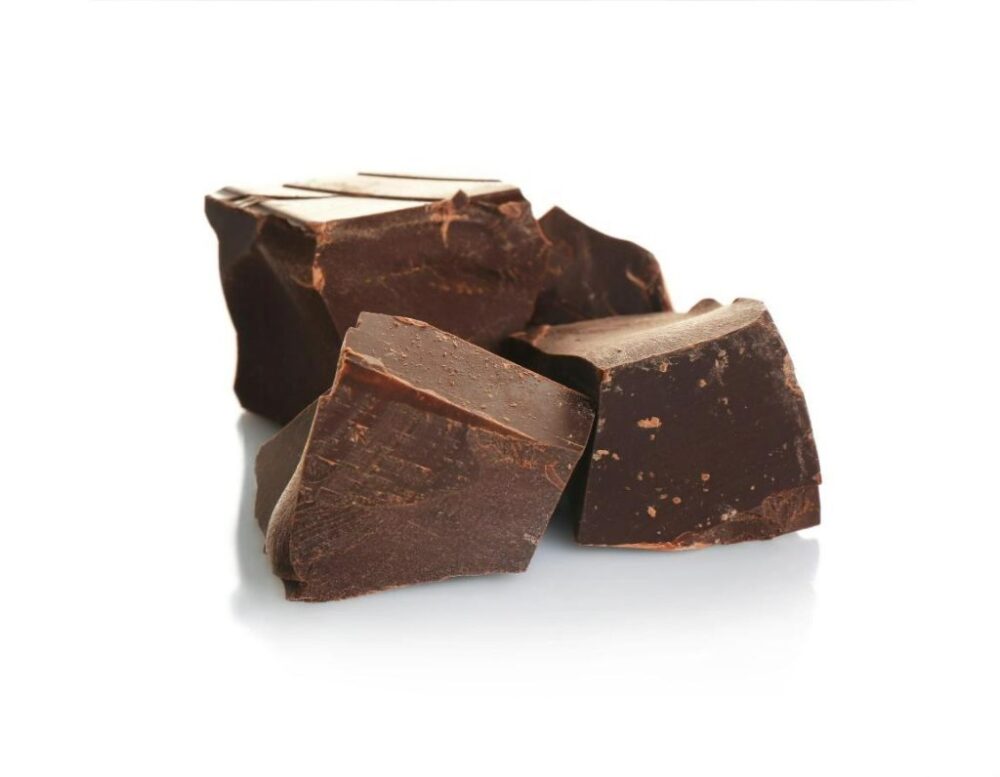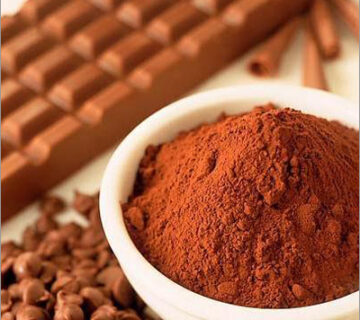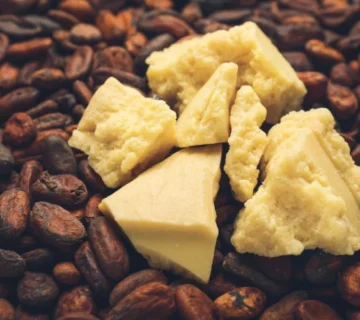Chocolate is a product of both art and science. For Palestinian chocolate manufacturers, cocoa mass is the backbone of every bar, truffle, and ganache. Its quality determines not just flavor and texture but also production efficiency, shelf stability, and brand reputation. While many factories focus on recipes and marketing, overlooking quality assurance for cocoa mass can lead to inconsistencies, machine downtime, and costly reworks.
In our experience supplying manufacturing facilities across the region, factories that prioritize systematic quality checks achieve smoother operations, more consistent chocolate profiles, and better customer satisfaction. At MT Royal, we provide manufacturers with trusted cocoa mass brands, including premium European options like Latamarko, ensuring reliability and technical support tailored to industrial-scale operations.
This article explores every facet of quality assurance for cocoa mass, offering practical insights, actionable tips, and a deep understanding of what Palestinian chocolate producers need to succeed.
Understanding Cocoa Mass and Its Role in Chocolate Production
Cocoa mass, also known as cocoa liquor, is made by grinding roasted cocoa beans into a thick paste. Despite the term “liquor,” it contains no alcohol; it is a dense mixture of cocoa solids and cocoa butter. For chocolate manufacturers, it is the primary ingredient that influences:
- Flavor intensity and balance
- Texture and mouthfeel
- Melting behavior during tempering
- Consistency across batches
For Palestinian chocolate factories, sourcing high-quality cocoa mass is critical. Variations in fat content, particle size, or acidity can compromise batch consistency, affect machinery performance, and even lead to product rejection.
Premium suppliers, particularly European brands like Latamarko, emphasize precision in cocoa mass production, delivering consistent fat levels, controlled particle sizes, and standardized flavor profiles. This level of reliability allows production supervisors to focus on innovation rather than troubleshooting ingredient issues.
Key Quality Metrics for Cocoa Mass
Effective quality assurance starts with understanding which metrics impact production outcomes. Factory managers should monitor:
| Parameter | Industrial Target | Impact on Chocolate Production |
|---|---|---|
| Fat Content | 52–56% | Determines viscosity, flow in tempering, and texture |
| Moisture | <1% | Prevents microbial growth and ensures proper conching |
| Particle Size | ≤25 microns | Affects smoothness and mouthfeel |
| Acidity/pH | 5.2–6.0 | Influences flavor balance and leavening compatibility |
| Color | Consistent dark brown | Critical for visual appeal in bars and coatings |
| Trace Metals | <2 ppm | Ensures safety and regulatory compliance |
Monitoring these parameters allows you to detect deviations early, preventing costly batch failures. MT Royal works with factories to provide certificates of analysis and batch-specific documentation, ensuring every shipment meets these industrial standards.
Why Quality Assurance Matters for Palestinian Chocolate Producers
The chocolate industry in Palestine is growing rapidly, with increasing demand for both mass-market and premium products. The benefits of implementing a rigorous quality assurance program include:
- Consistent Flavor and Texture
A consistent cocoa mass ensures every batch tastes and feels the same, maintaining brand integrity and customer loyalty. - Operational Efficiency
Uniform particle size and fat content reduce wear on conches, refiners, and tempering machines, minimizing downtime. - Reduced Waste
Early detection of substandard cocoa mass prevents production of defective chocolate, saving raw materials, energy, and labor costs. - Regulatory Compliance
Traceability, certificates, and controlled quality parameters ensure compliance with safety regulations, particularly for export markets. - Product Differentiation
Premium cocoa mass, like Latamarko, allows bakeries and chocolate producers to create high-end lines with superior flavor, melt, and finish.
Common Challenges in Cocoa Mass Procurement
Even experienced procurement officers face difficulties in sourcing high-quality cocoa mass:
- Supplier inconsistency: Different batches may vary in fat content, particle size, or flavor profile.
- Transportation risks: Temperature fluctuations during shipping can alter cocoa mass viscosity and stability.
- Unverified quality documentation: Lack of proper certificates increases the risk of using substandard materials.
- Price-driven decisions: Cheaper alternatives often compromise on fat content, flavor, or microbial control.
By working with trusted partners like MT Royal, manufacturers can mitigate these challenges, gaining access to reliable suppliers with consistent quality, transparent documentation, and technical support.
Quality Assurance Procedures for Industrial Chocolate Production
A robust quality assurance protocol includes pre-shipment, on-receipt, and in-process checks.
1. Pre-Shipment Verification
- Request certificates of analysis for fat content, particle size, and microbial counts.
- Verify origin and processing methods. Premium European suppliers, including Latamarko, provide detailed documentation on cocoa bean sourcing and processing.
2. On-Receipt Inspection
- Conduct visual and olfactory checks for unusual color, odor, or texture.
- Measure moisture and pH to ensure batch compliance.
- Test small samples in pilot refining to confirm behavior in your production line.
3. In-Process Monitoring
- Track viscosity and flow during conching and tempering.
- Maintain records of melt temperature and tempering cycles.
- Use control charts to detect trends indicating ingredient variability.
4. Batch Recordkeeping
- Log supplier, batch numbers, test results, and production outcomes.
- Correlate ingredient quality with final product metrics to optimize sourcing.
Implementing these procedures allows Palestinian chocolate factories to maintain high-quality standards consistently while minimizing production disruptions.
Case Study: Optimizing Cocoa Mass in a Mid-Sized Palestinian Factory
Consider a factory in Ramallah producing premium chocolate bars. The plant initially sourced cocoa mass from multiple suppliers without consistent quality checks. Variations in particle size caused uneven texture, while inconsistent fat content disrupted tempering cycles.
By partnering with MT Royal, the factory standardized its supply with Latamarko cocoa mass, ensuring uniform fat levels and particle distribution. In addition, MT Royal provided technical support for pre-shipment testing and in-process monitoring. Within months, the factory:
- Reduced rejects by 18%
- Improved tempering efficiency by 12%
- Achieved consistent flavor and color in every batch
This example demonstrates how quality assurance is not merely a procedural requirement — it’s a strategic advantage that enhances both product quality and operational efficiency.
Quality Metrics and Supplier Selection
When selecting suppliers, consider:
- Consistency Across Batches: Even slight variations in fat content or particle size can affect tempering and flow.
- Origin and Traceability: Latin American, African, and European cocoa beans bring unique flavor profiles and traceability assurances.
- Technical Support: Premium suppliers often provide process optimization guidance.
- Regulatory Compliance: Certificates for heavy metals, microbiological content, and HACCP compliance are critical for safety.
Latamarko, a Spanish-origin brand, exemplifies high-quality supply with documented traceability, precise fat content, and consistent processing — ideal for premium lines. Meanwhile, MT Royal ensures that Palestinian producers have access to both premium and cost-effective options, balancing quality with operational realities.
Comparison Table: Standard vs. Premium Cocoa Mass
| Feature | Standard Cocoa Mass | Premium Cocoa Mass (Latamarko) |
|---|---|---|
| Fat Content | 52–54% | 54–56%, highly consistent |
| Particle Size | 20–30 microns | ≤25 microns, uniform |
| pH Stability | Variable | Consistent for predictable flavor |
| Flavor Profile | Slightly bitter, less uniform | Rich, smooth, balanced |
| Traceability | Limited | Full batch documentation |
| Cost | Lower | Higher, justified by consistency |
Factories producing premium chocolate bars benefit from investing in high-quality cocoa mass, as it reduces rework, improves texture, and supports brand positioning.
Practical Tips for Factory Managers and Production Supervisors
- Implement Batch Sampling
Always test new shipments in small-scale runs to verify melting behavior, flavor, and texture. - Control Storage Conditions
Cocoa mass should be stored at 18–22°C in moisture-controlled warehouses to prevent clumping and microbial contamination. - Maintain Supplier Communication
Regularly discuss batch performance with suppliers. MT Royal’s team often provides technical guidance to optimize factory processes. - Track Process Metrics
Use control charts for viscosity, tempering cycles, and conching times to detect early signs of ingredient variability. - Document Everything
Maintain a detailed record of batches, supplier information, and production outcomes for future reference and regulatory compliance.
Frequently Asked Questions (FAQ)
Q1: How can we verify cocoa mass quality before use?
Request certificates of analysis, conduct moisture and fat content testing, and run pilot batches.
Q2: Does origin affect chocolate flavor?
Yes. African, Latin American, and European beans have distinct flavor profiles. Premium brands like Latamarko ensure consistent sensory characteristics.
Q3: How important is particle size?
Critical. Large or inconsistent particles affect smoothness, mouthfeel, and tempering efficiency.
Q4: Can quality assurance reduce machine downtime?
Absolutely. Consistent cocoa mass minimizes clogs, ensures predictable flow, and reduces wear on conches and refiners.
Q5: Why choose MT Royal as a partner?
We provide reliable sourcing, a range of premium and standard cocoa mass options, technical support, and competitive pricing tailored for Palestinian chocolate producers.
latamarko alkalized cocoa powder lm60
cocoa powder for chocolate production-Best price
Food industry raw materials – list of products
Types of Gelatin from Turkish Manufacturer
Alkalized Cocoa Powder Bulk Supplier







No comment